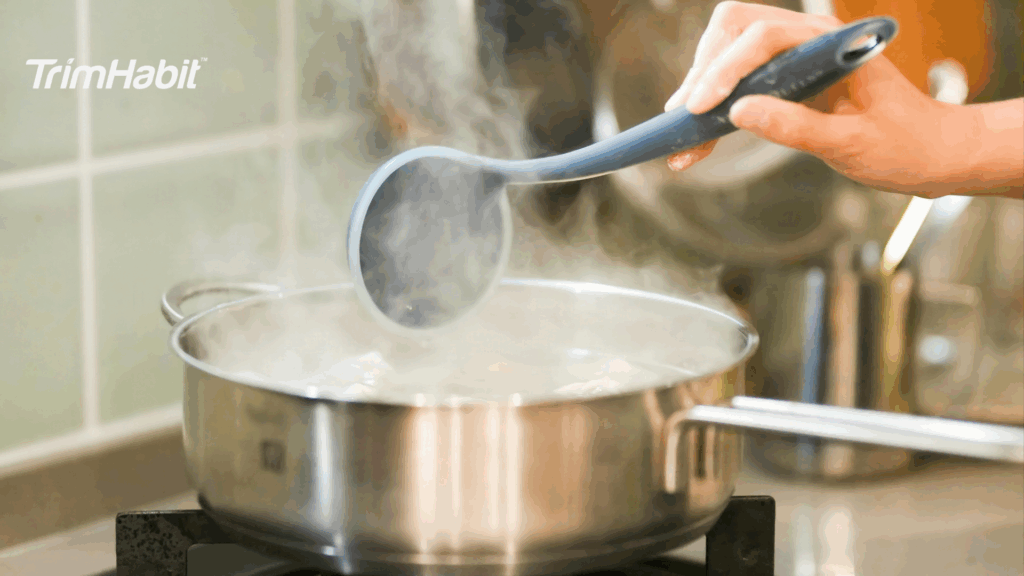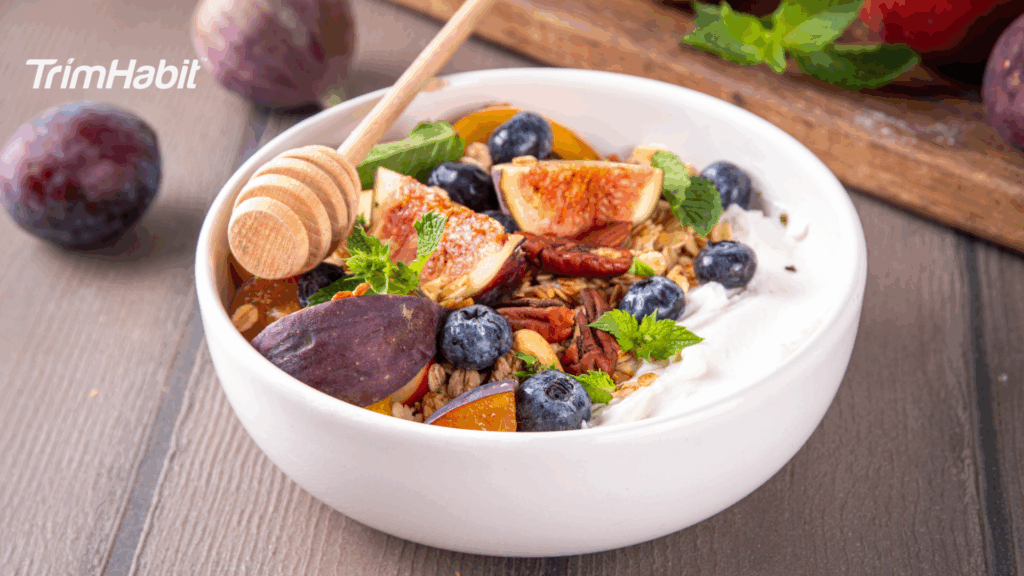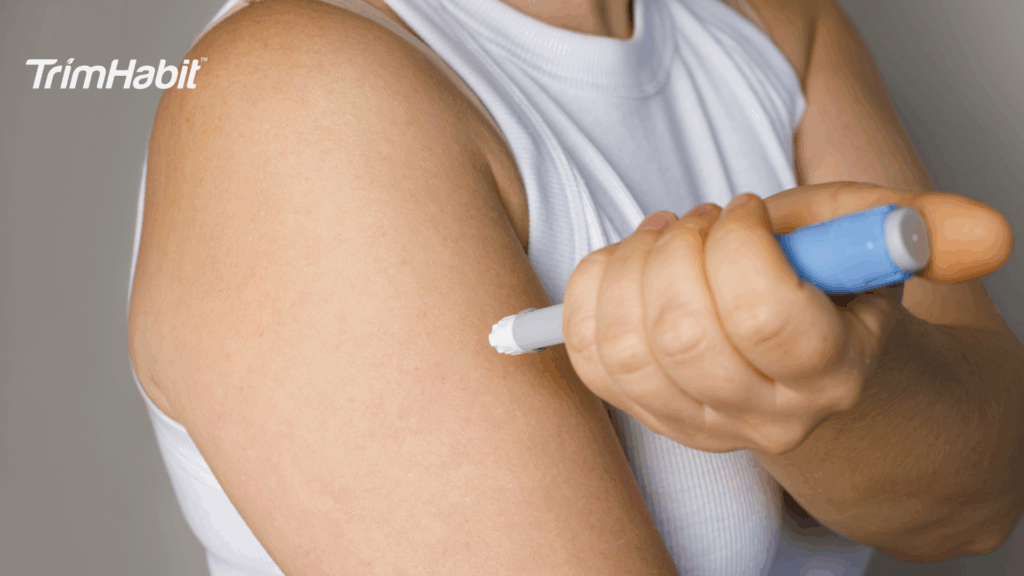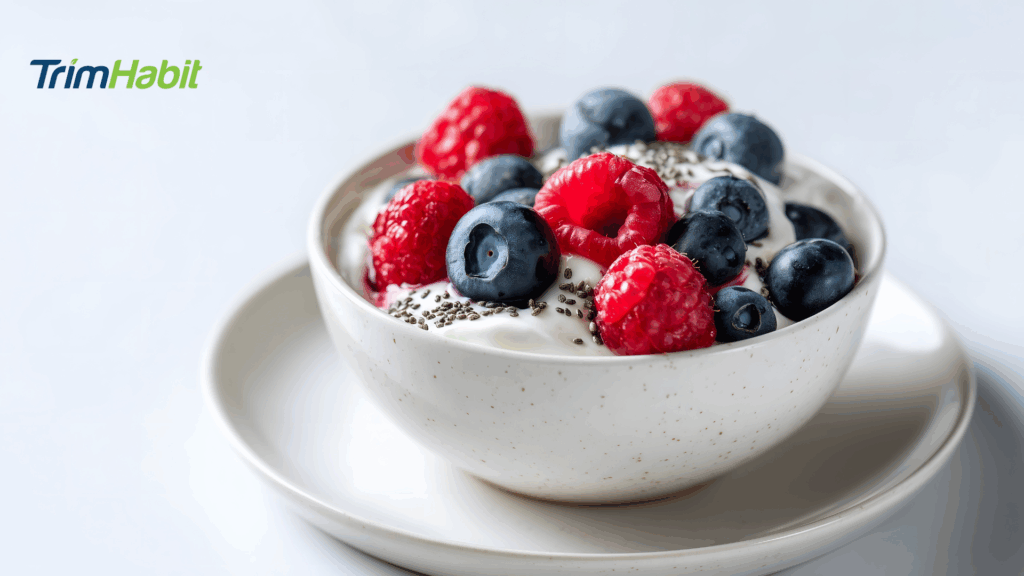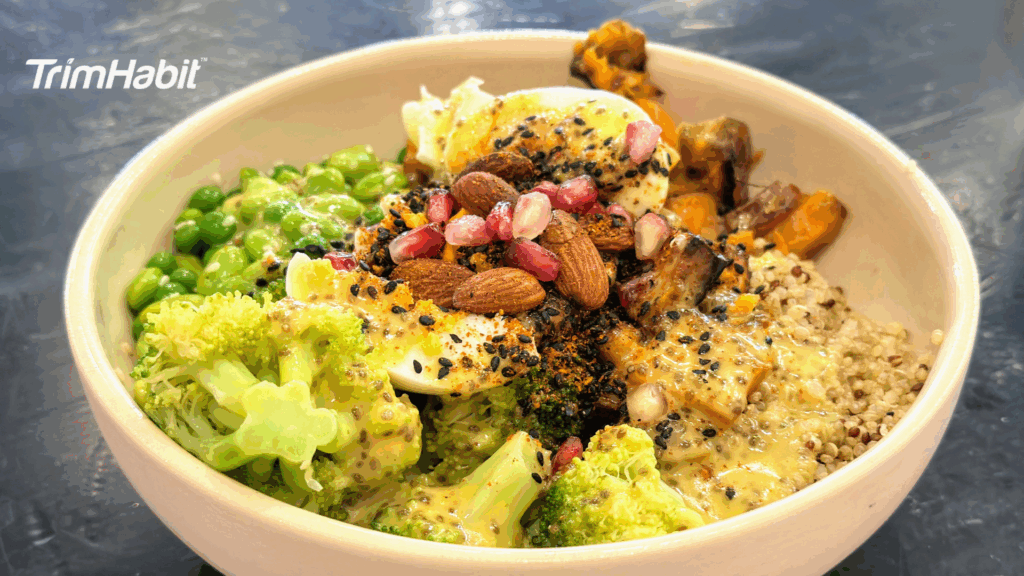When prescribed semaglutide, many individuals experience a dramatic shift in appetite, blood sugar levels, and body weight. Semaglutide belongs to a class of medications called receptor agonists, which work by mimicking natural hormones that regulate hunger and insulin secretion. As a result, patients often consume fewer calories without consciously trying to restrict intake, setting the stage for a powerful weight loss journey.
However, a smaller appetite alone does not guarantee successful weight loss or improved health outcomes. Nutrition quality remains just as important as quantity. Eating foods rich in lean proteins, healthy fats, complex carbohydrates, and fiber supports not only fat loss but also muscle maintenance, energy, sleep quality, and health.
Choosing high-protein snacks is especially valuable while taking semaglutide. When appetite is low, every meal and snack must deliver maximum nutrition without adding unnecessary calories or relying on highly processed foods.
This guide will focus on high-protein snacks for semaglutide users, explore why protein matters, and share snack ideas made with nutritious foods to support your weight management and health.
Why Semaglutide Users Need High-Protein Snacks
Semaglutide naturally suppresses appetite, helping people lose weight more easily1. However, reduced food intake can lead to unintended consequences if not managed carefully. In particular, low protein intake can result in muscle mass loss, slower metabolism, and fatigue2.
Here are the key reasons high-protein snacks are essential when taking semaglutide:
Protects Lean Muscle Mass
Weight loss often involves a reduction in both body fat and lean muscle mass. Eating enough protein during your weight loss efforts helps preserve lean muscle mass while encouraging the body to use stored fat for fuel3. Protecting muscle mass supports a faster metabolism and better strength outcomes over time.
Support Blood Sugar Control
Snacking on protein-rich, low-glycemic foods helps maintain steady blood sugar levels, avoiding blood sugar spikes that can cause cravings, fatigue, and mood swings4. Stable blood sugar is particularly important for semaglutide users managing type 2 diabetes or insulin resistance.
Improve Satiety and Curb Hunger
Protein slows digestion and triggers satiety hormones, helping you curb hunger without consuming excessive calories5. High-protein snacks help bridge the gap between smaller meals, making it easier to stick with a healthy eating plan.
Maintain Energy and Health
Adequate protein intake provides the building blocks needed for muscle repair, hormone production, immune support, and enzyme function6,7. Without enough protein, even a diet high in fruits and vegetables can fall short in supporting complete health.
What Makes A Great High-Protein Snack?
Not all snacks are created equal, especially when appetite is low. To make the most of each snack, aim for options that:
- Are easy to digest and made from healthy foods.
- Deliver lean proteins without excess saturated fat or added sugar.
- Include healthy fats and high-fiber carbs for better satiety and blood sugar regulation.
- Minimize reliance on high-sugar foods or highly processed foods.
- Offer nutrients that support muscle maintenance, weight loss, and blood sugar control.
High-Protein Snacks For Semaglutide Users
These healthy snacks combine lean proteins, healthy fats, and fiber to help you stay energized and satisfied between meals without adding unnecessary calories.
1. Greek Yogurt with Chia Seeds and Almond Butter
Rich in protein, omega-3 fats, and fiber, this creamy combination supports satiety and digestion.
2. Cottage Cheese and Sweet Potatoes
A small bowl of cottage cheese paired with roasted sweet potatoes balances protein and resistant starches, supporting digestion and fullness.
3. Roasted Pumpkin Seeds and Hemp Seeds Mix
Packed with healthy fats and plant-based protein, this crunchy mix is perfect for portable snacking.
4. Edamame Pods with Sea Salt
Edamame offers a plant protein boost along with fiber for blood sugar control.
5. Chicken Breast Strips with Avocado Slices
Lean meat like chicken breast paired with healthy fats from avocado makes for a delicious, balanced snack.
6. Black Bean and Brown Rice Salad
Black beans and brown rice provide complete plant-based protein and complex carbohydrates that stabilize blood sugar.
7. High-Protein Smoothie
Blend whey protein powder with almond milk, spinach, chia seeds, and a few berries for a refreshing, low-sugar snack.
8. Boiled Eggs with Whole Grain Crackers
Eggs supply top-quality protein, and whole grains add fiber for longer-lasting energy.
9. Tuna Salad on Cucumber Slices
Mix canned tuna with a touch of Greek yogurt and place on cucumber rounds for a low-calorie, high-protein treat.
10. Turkey Jerky (Low Sugar)
Choose a low-sugar jerky made from turkey or lean beef to satisfy hunger without relying on fried foods.
11. Almond Butter and Banana Bites
Spread a little almond butter on banana slices for a sweet, protein-rich snack that helps regulate blood sugar.
12. Cottage Cheese with Fresh Pineapple
Protein-packed cottage cheese combined with a small portion of fruit makes for a refreshing option.
13. High-Fiber Protein Bars
Select bars made from whole grains, low glycemic foods, and minimal added sugar.
14. Smoked Salmon on Whole Grain Toast
Fatty fish like salmon provides healthy fats and lean proteins to support brain health and energy.
15. Grilled Chicken Skewers with Bell Peppers
These colorful skewers are easy to prepare and make a satisfying snack.
16. Baked Tofu with Soy Sauce
A plant-based option rich in protein and low in saturated fat.
17. Shrimp Cocktail with Lemon Juice
Shrimp is a lean protein source that pairs well with a light cocktail sauce.
18. Hard-Boiled Eggs with Spinach
This simple snack delivers protein, fiber, and important nutrients.
19. Protein-Packed Energy Bites
Made with oats, almond butter, protein powder, and chia seeds for a satisfying bite.
20. High-Protein Pancakes
Prepare pancakes with protein powder and almond flour for a low-sugar, high-protein snack.
Foods To Limit Or Avoid When Using Semaglutide
While high-protein, nutritious foods are important, certain foods can make your weight loss journey harder. High-sugar foods, highly processed foods, and unhealthy fats contribute to excess weight, blood sugar spikes, and poor digestion.
Avoid or limit:
- Fried foods like fried chicken and french fries.
- Sugary foods such as candy bars, pastries, and soda.
- High-fat foods containing trans fats and too much saturated fat.
- Highly processed foods high in added sugar and sodium.
- Replacing these options with healthy snacks like those listed earlier can make a meaningful difference during your weight loss efforts.
Practical Tips To Snack Smart While Using Semaglutide
Here are ways to make healthy eating easier while taking semaglutide:
Focus on Lean Proteins
Choose foods high in protein but low in saturated fat, such as grilled chicken, shrimp, tofu, and Greek yogurt.
Pair Protein with High Fiber Carbs
Eating high-fiber carbs like black beans, sweet potatoes, brown rice, and whole grains with your snacks supports blood sugar control and satisfaction.
Include Healthy Fats
Adding a little avocado, olive oil, almond butter, or fatty fish like salmon provides healthy fats that promote fullness and hormone balance.
Choose Low Glycemic Foods
Low glycemic foods such as lentils, chickpeas, non-starchy vegetables, and berries stabilize blood sugar levels, making your weight management plan easier.
Avoid High Sugar and Fried Foods
Choosing complex carbohydrates over sugary foods and avoiding fried foods like french fries protects your energy, digestion, and health outcomes.
Conclusion
Semaglutide can be a helpful part of lasting change, but the way you eat each day matters just as much. Meals that include lean proteins, healthy fats, complex carbohydrates, and high-fiber carbohydrates provide real support, not just for managing hunger but for keeping your body nourished and your energy steady.
Foods like cottage cheese, Greek yogurt, chicken breast, black beans, and brown rice help preserve lean muscle mass, prevent sharp blood sugar spikes, and supply enough calories without adding too many. Prioritizing the best foods to eat and staying away from high-fat foods, sugary foods, and unhealthy fats can make a noticeable difference in how you feel and how your body responds.
When it comes to snacks, keep it simple and supportive. Choose options made from real, nutritious foods rather than highly processed foods that tend to add little value. Healthy snacks with protein and fiber not only help you stay full but also give your body what it needs between meals. Whether you’re managing your plan on your own or getting guidance from an obesity medicine specialist, steady habits make the journey easier.




